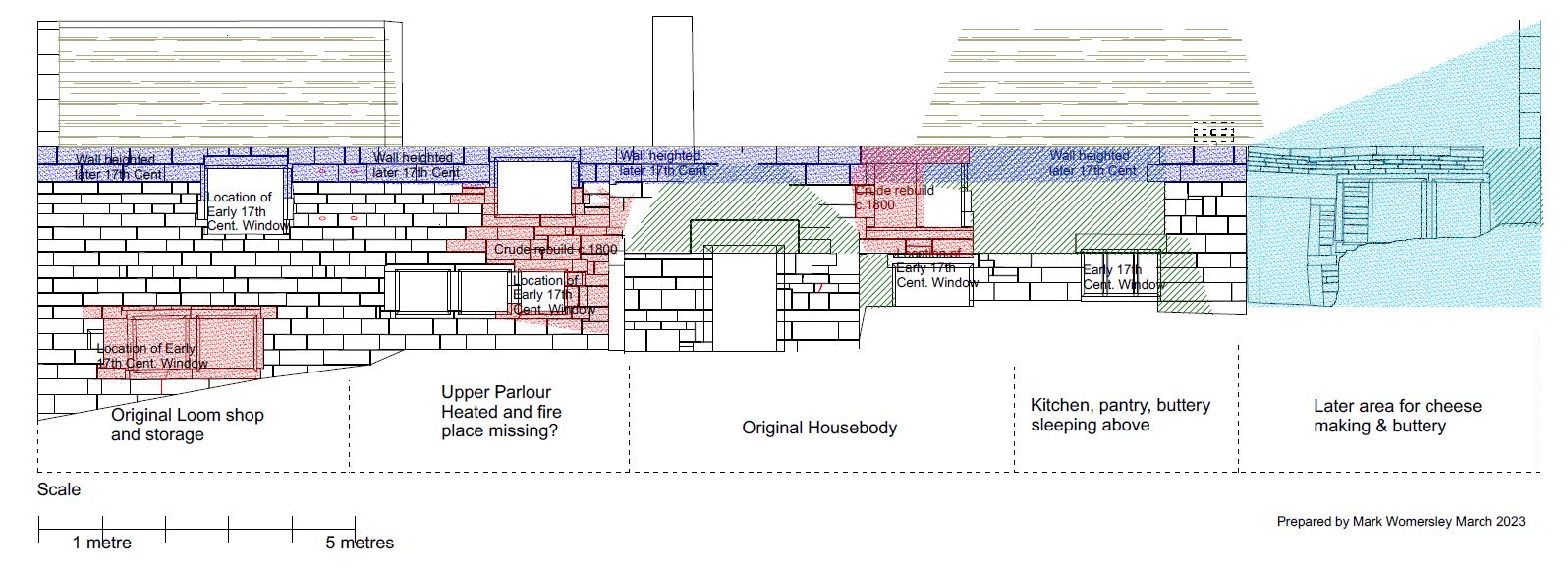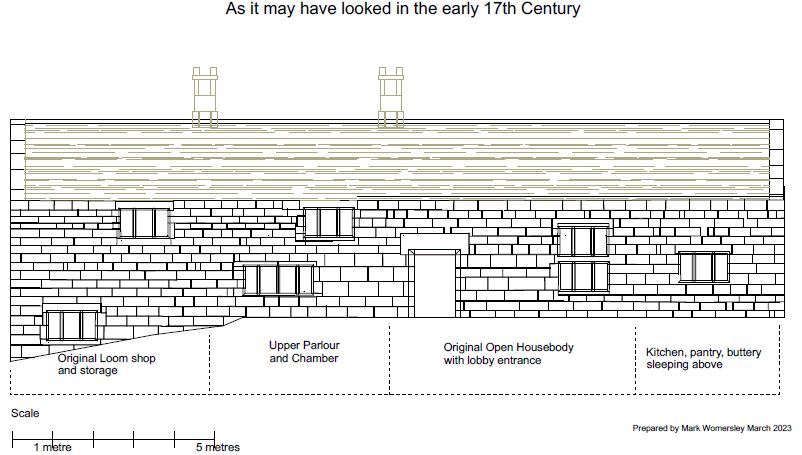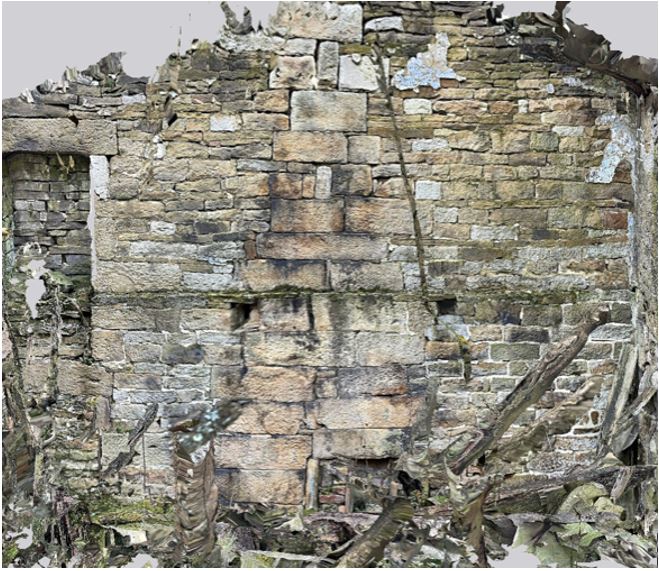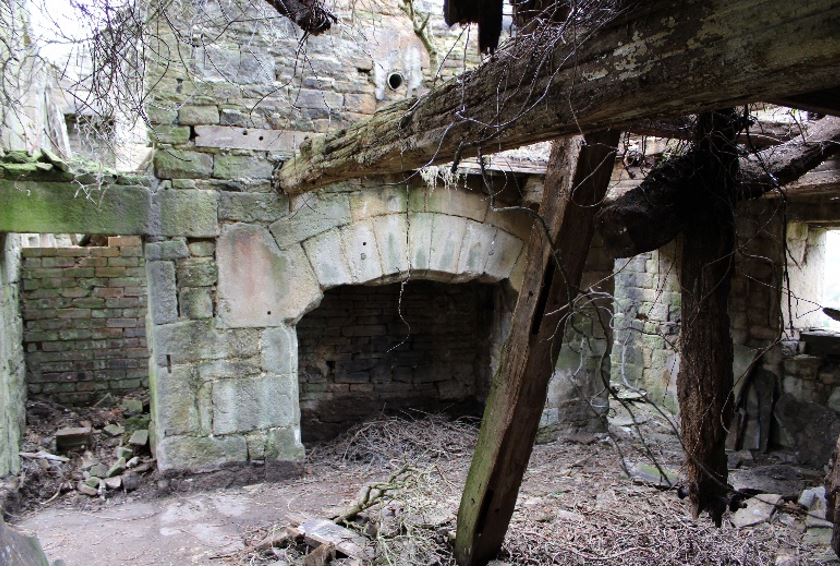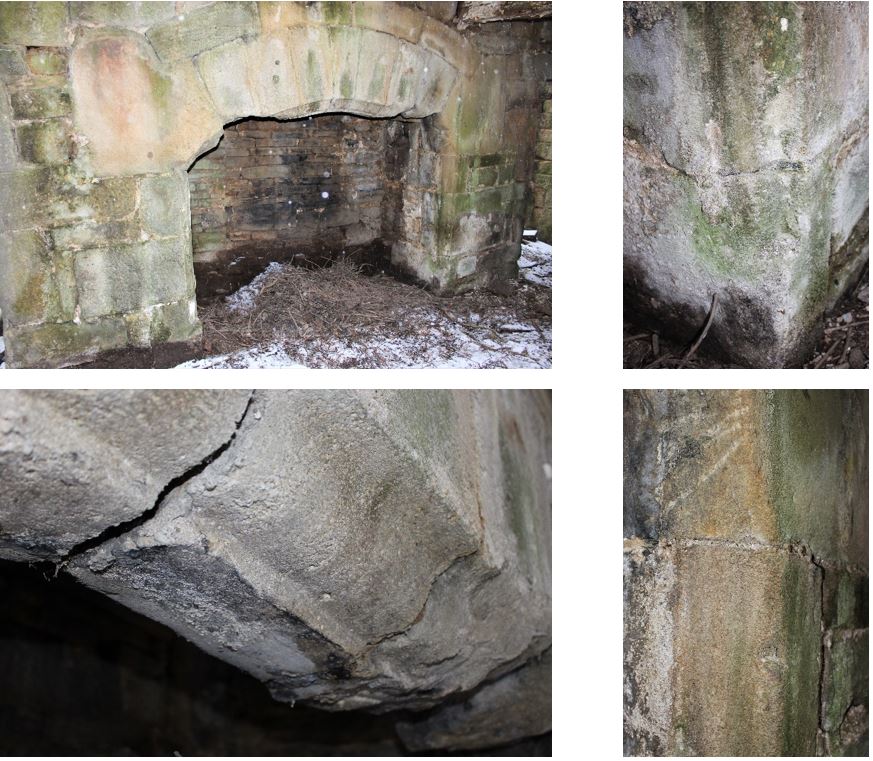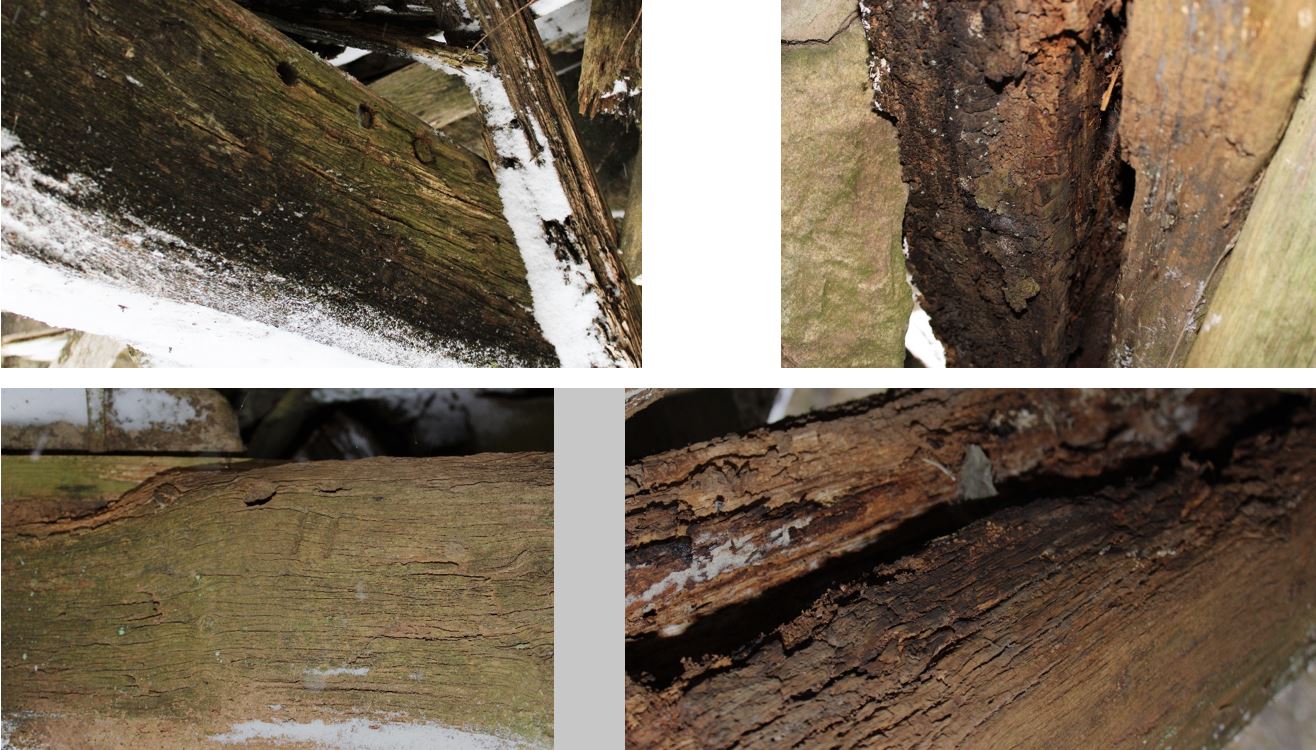It was a pleasure to prepare measured drawings from Lidar scans and photographs that I took on site at a ruined house, on top of the Pennines.
It was a pleasure to prepare measured drawings from Lidar scans and photographs that I took on site at a ruined house, on top of the Pennines. I love these millstone grit buildings, built on mass in the early to mid-17th century, and adapted in the 18th century for more hand loom weaving work.
Trying to define the different areas of the original two seventeenth century builds, and understand the 16th timber frame evidence that remains, was a challenge, especially during the cold and snowy spell a couple of weeks ago.
Scanned image of the internal wall between bays 1 and 2, showing a substantial stack built into this wall.
The 17th century fireplace in bay three
Close up photos of the stone fireplace, damaged to allow a range to be inserted but still with fine cyma moulding, side chamfers and stops. Part of the fireplace wall supports later stonework above.
The collapsed tie beam, which was spanning the midpoint of bay 2, with peg and mortice holes, for a king post and two principal rafters set further into the roof space to allow the truss to carry substantial purlins. This truss is chamfered below and has a central slot all the way along its length, suggesting that the underside of the truss may have been exposed and have been decoratively infilled. Perhaps indicating a late 17th century upper chamber in this bay.
Related Articles
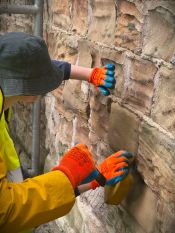
The steps members of the Waterton’s Wall restoration team, with support from Mark Womersley, have been following to consolidate, conserve and repair this historic wall that represents the successful efforts of Charles Waterton to preserve the wildlife that lived on his estate near Wakefield in West Yorkshire.
1. Fill deep voids behind the wall’s facing stones with deep pointing work. The works involve …
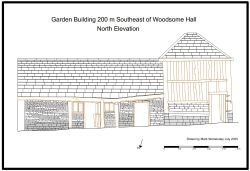
Mark spent a day recording a historic timber-framed garden building at Woodsome Hall
Mark Womersley, as part of his voluntary work with the Yorkshire Vernacular Buildings Study Group, spent…
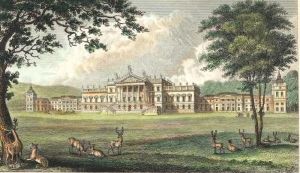
M Womersleys were delighted to offer a day of tutoring to those who attended the Wentworth Woodhouse Working Party
M Womersleys were delighted to offer a day of tutoring to those who attended the Wentworth Woodhouse…
